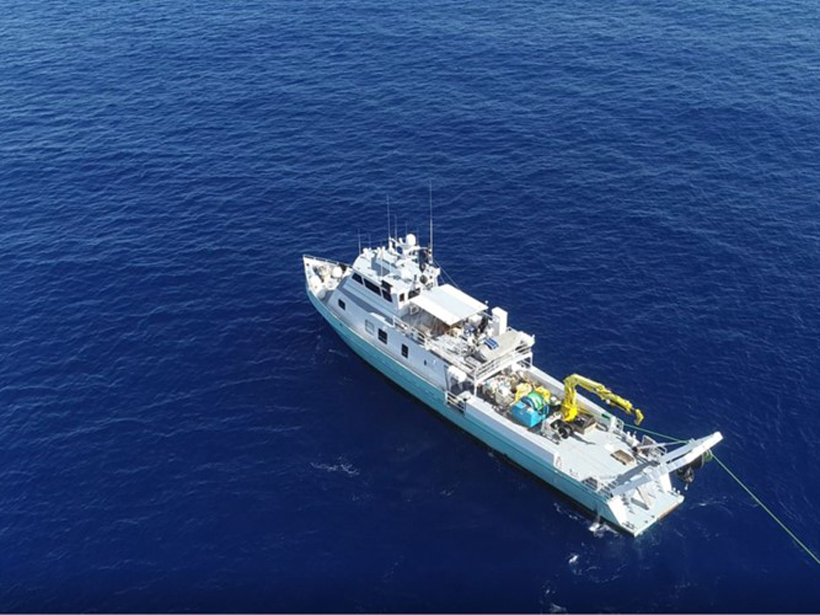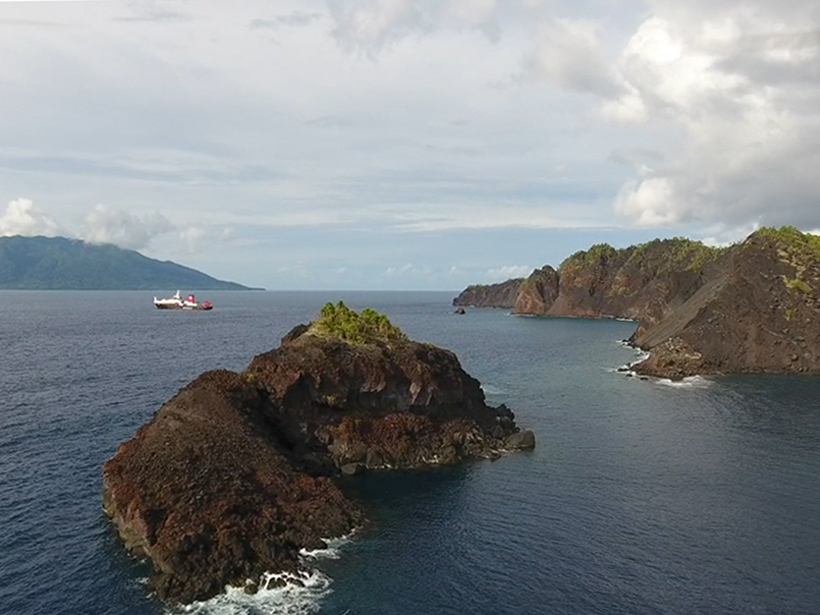Scientists are using a variety of geochemical, geophysical, and numerical methods to study offshore freshened groundwater and better understand its role in the global water cycle.
C. Berndt
ORCID ID: 0000-0001-5055-0180
Posted inScience Updates
An 1888 Volcanic Collapse Becomes a Benchmark for Tsunami Models
When volcanic mountains slide into the sea, they trigger tsunamis. How big are these waves, and how far away can they do damage? Ritter Island provides some answers.


